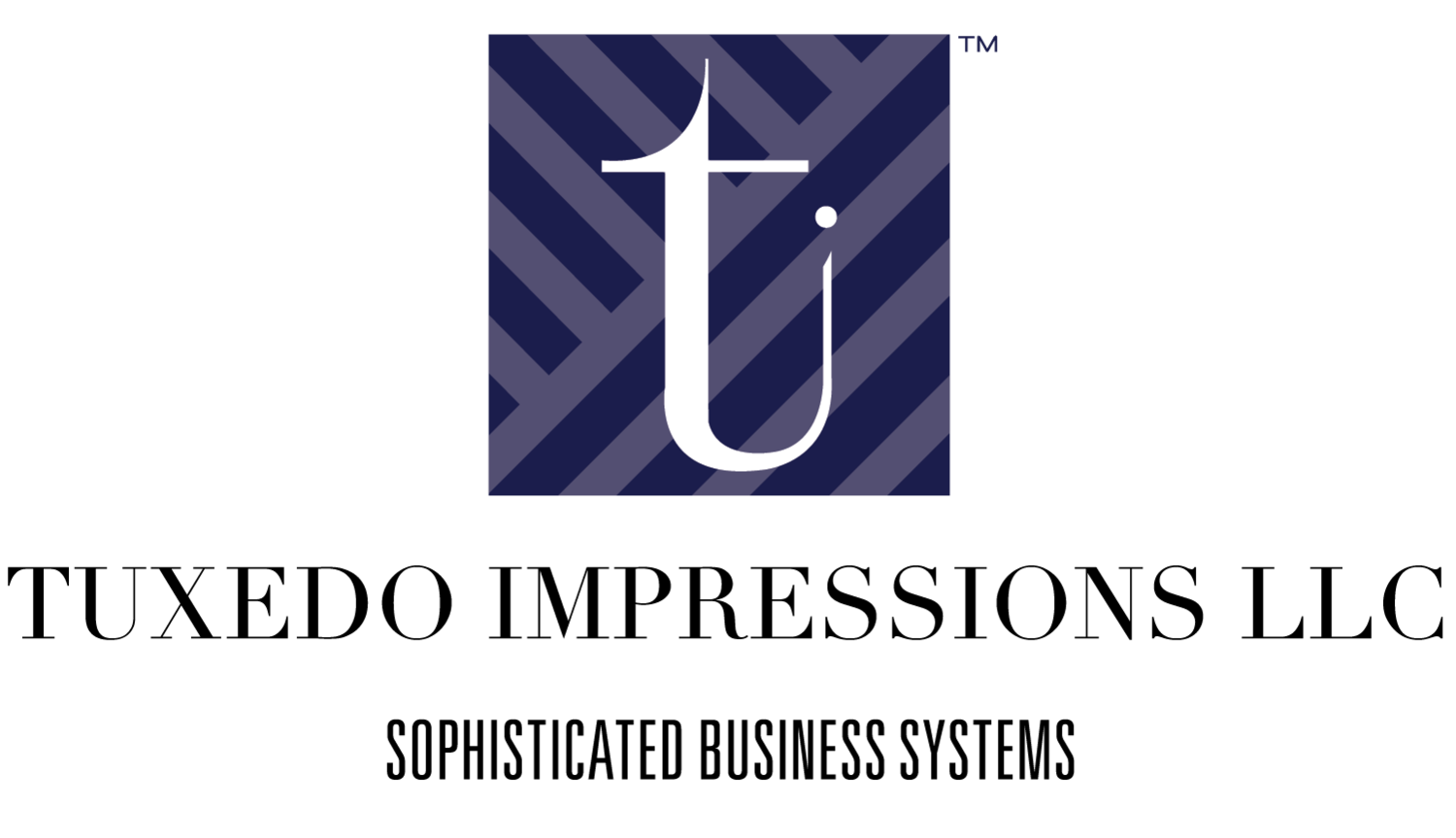In small businesses, obtaining clients is a primary objective for growth. It’s pretty much Business 101. The more clients you have, the more your business grows. Every small business owner has their own way of running their business, particularly when it comes to onboarding new clients, but the general definition of what this should look like is as follows:
Client onboarding is the process for welcoming new clients into your business, addressing their questions and concerns, and ensuring they understand the services available to them. It is also one of the most vital functions for any business because it directly affects the client’s experience with your company, which will affect profits. (Tallyfy)
Sounds simple enough, right? Even so, knowing how to manage potential clients and develop a client database can be a challenge for some small business owners. Fortunately, Tuxedo Impressions LLC™ has a few tips and resources that can help you onboard new clients and grow your small business.
#1 Go Digital
Nowadays, creating documents and sharing them among your colleagues or clients is as easy as 1-2-3. Through apps such as Google Drive, Dropbox and Box, one can simply create a document, upload it to the cloud, and share the link. You can also use software like Adobe Sign for service agreements, contracts, proposals, and even invoicing.
What’s great about utilizing resources like these is that they allow you to easily exchange information with one another. This comes in very handy at the beginning of your relationship with new clients, because it allows you to share pertinent information with them that will set the foundation of their relationship with your small business.
#2 Communicate
Once you have landed a deal with a client, it is of the utmost importance that you continue communicating with them. Some clients like to know in great detail how you are carrying out your end of the deal, while others are more lax in this area. Either way, every customer wants to be in the know about how things are coming along, and they want to know that they can communicate with you if they have some changes or requests to make.
There are certain online tools (Gmail, iCal, Calendly) and apps (Hangouts, Skype, Zoom) that make communication easier not only between you and your client, but for the whole team working on the project. Keeping your communication open will allow all involved parties to share expectations about the project. This also brings the both of you closer towards developing a good working relationship.
#3 Data Centralization
Do you remember back in the day when client information was mostly organized via Rolodex? Tiny index cards held all of the information that we needed to know about our clients. If you didn’t have that Rolodex with you, you were lost. Today we can gather data from numerous sources (online surveys, email, social media, contact forms, etc.) and organize and store them in our devices or even in cloud software, so no matter where we are in the world we can access information about our customers.
Using tools like Google Drive, One Drive, and Smart Vault, you can centralize all of your client information in one place. This will help you avoid redundancy as you develop your relationship with your client as well as help you to anticipate your client’s future needs based on particular wants and needs they have previously expressed to you. The same concept applies to any working documents you may have that needs to be accessed by any team member.
#4 Small Business Automation
Small businesses are popping up everywhere, and surprisingly enough, a large number of them are run by solopreneurs. One would wonder how a small business run by one person could survive, but most solopreneurs rely heavily on trusted tools and software that aid in data entry, the processing of their clients’ invoices, files and even emails. By automating some of their routine tasks, they free themselves up to be able to engage in other important aspects of their small business such as customer service.
One of the most vital elements in automation and client onboarding is having a customer relationship management (CRM) system that you can trust. This essentially takes all four points from this article and answers them with one highly efficient system. CRM is beneficial for every business, whether large or small. It saves a valuable time so you only have to touch things once, which increases your small business’s productivity levels. If you are interested in learning more about how you can find a good automation system for your small business, Tuxedo Impressions LLC, is here to help you work smarter and more efficiently so your business can thrive.
~ Maria Kristine, Team Tuxedo Impressions LLC™









